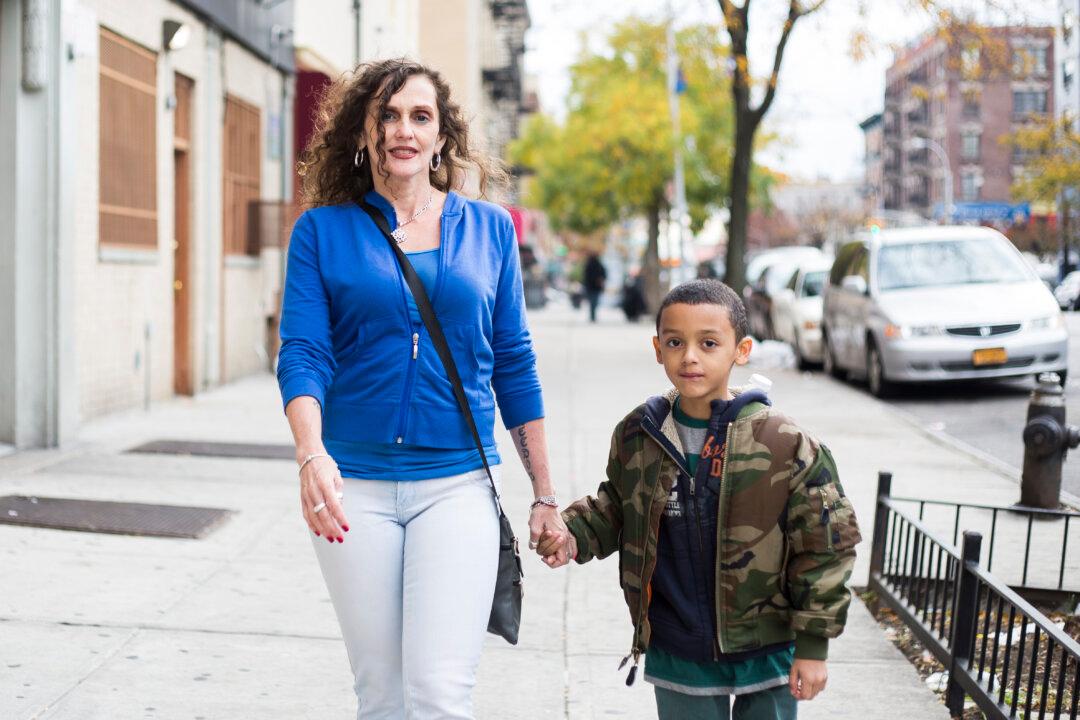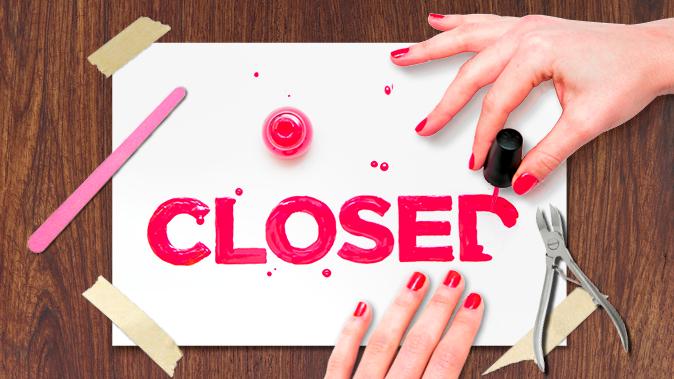NEW YORK—A bullet pierced Officer Randolph Holder’s forehead and killed him during an East Harlem shootout on Oct. 20. The alleged shooter, Tyrone Howard, was a PCP addict who almost re-entered prison after he pleaded guilty to dealing drugs in 2014; but a judge granted Howard a chance to go to an 18-month drug treatment program instead.
Howard began attending the diversion program last May, which provided treatment to nonviolent drug offenders as an alternative to incarceration. If he completed the program, his guilty plea would be withdrawn and his charges would be dismissed. But Howard stopped going to rehab in August. He went on to kill an officer.
Holder’s death highlights a contentious debate about prison reform. A 2011 study on recidivism by Pew Center on the States found that more than 4 out of 10 American adult offenders return to prison within three years of their release.
On Nov. 2, President Barak Obama visited Integrity House, a nonprofit substance abuse rehabilitation center in New Jersey, to draw national attention to the issue of prisoner re-entry and criminal justice reform. (The visit was unrelated to Officer Holder’s death.)
Meanwhile, Mayor Bill de Blasio, who has supported recent prison reform initiatives such as replacing bail with supervised release for low-income and nonviolent criminals in New York, has called for judges to be stricter when deciding on who is eligible for diversion programs.
The tragic shooting of Holder raised questions about how drug courts vet for diversion program participants. While there are flaws with the vetting system that need to be addressed, prison reform advocates worry that potential changes will make it more difficult for people who could benefit to access rehab.
The Vetting Process
First, court clerks evaluate each person charged with a criminal offense to determine if he or she is eligible for a court-monitored substance abuse treatment. If a person is qualified, the prosecutor’s office goes on to review the case.
According to NYC Drug Courts, a potentially eligible criminal also receives a clinical assessment and sometimes a urine test. Finally, a judge decides whether this person is too violent to be released back into society.
Those who are convicted of violent crimes, such as robbery or manslaughter, are not eligible for drug treatment programs. Depending on the judge and the circumstances of the case, people like Howard, who have been arrested but not convicted for violent crimes, may be eligible to go to rehab instead of prison.
Howard was arrested for a 2009 shooting that wounded two. He was also a suspect in a shooting in Harlem on Sept. 1, which occurred after he stopped attending rehab. But he was never convicted for either case.
Although Howard also committed an armed robbery as a teenager, he was never convicted of a violent crime as an adult. Hence, Justice McLaughlin considered him eligible for the diversion program in December 2014 and the drug court that reviewed his case subsequently agreed.
The prosecutor argued against Howard’s eligibility for diversion, but Justice McLaughlin went ahead with it, noting in his decision that prior prison terms hadn’t helped, “I’ve decided maybe out of frustration and exasperation, why not?”




